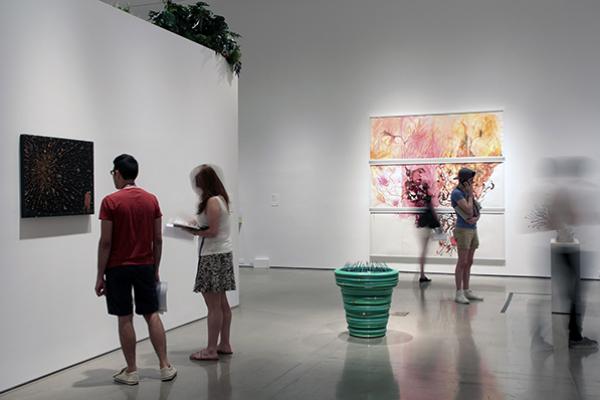On the heels of what seemed like its greatest triumph — a magnificent display of sculptures by the Renaissance pioneer Donatello — a small but important museum in midtown Manhattan, that specialized in religious art regarded with a neutrally secular eye, announced April 28 that it was going out of business.
A press release from the Museum of Biblical Art, known as MOBIA, explained that after learning in February that the American Bible Society, which had housed it for a decade, was selling its building and moving to Philadelphia, the museum explored multiple options but could not raise the funds needed to keep going at a new location.
The museum will close to the general public on June 14 and cease operations on the 30th, although an exhibit it co-organized on Spanish colonial religious art will open in Palm Beach, Fla., in March next year.
MOBIA’s fate was not a total surprise; The Bible Society, once MOBIA’s sole funder, had been ramping down its support by mutual agreement, and the sale of the building had been rumored since 2012. But the closing nonetheless deeply rattled the museum staff and those who treasured MOBIA as one of the few museums in the country that routinely acknowledged art’s religious context.
“I’m stunned,” said Dale T. Irvin, president of the New York Theological Seminary, who sometimes brought classes to MOBIA to see cross-cultural study of Scripture illustrated.
“I can’t believe that it’s slipping away. It was such a valuable resource.”
Read the Full Article

